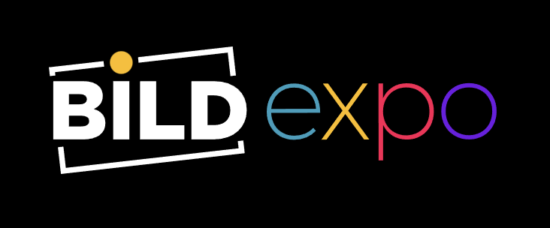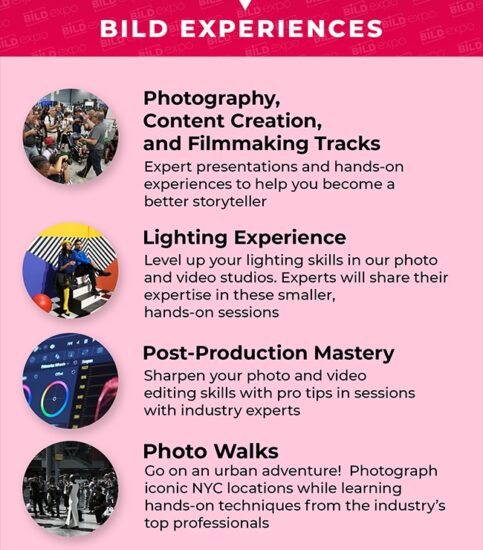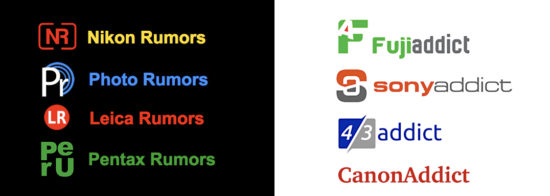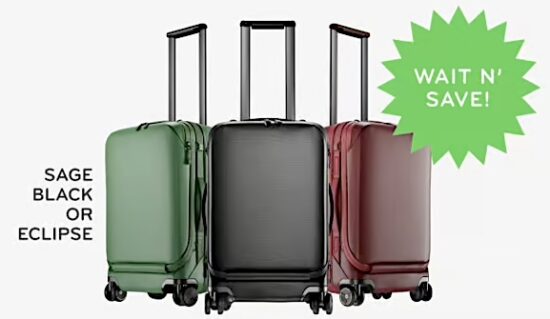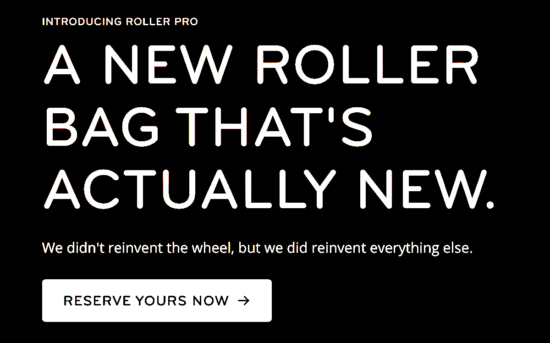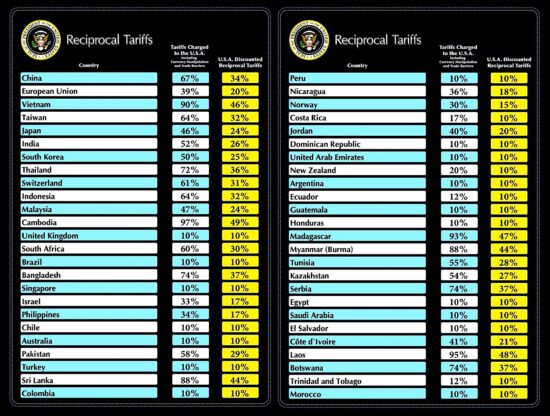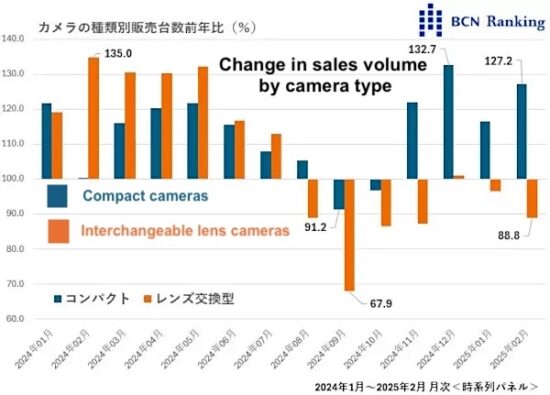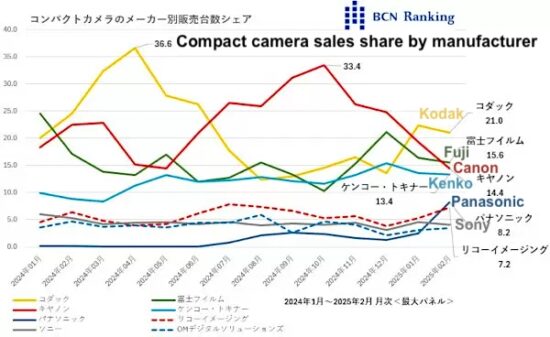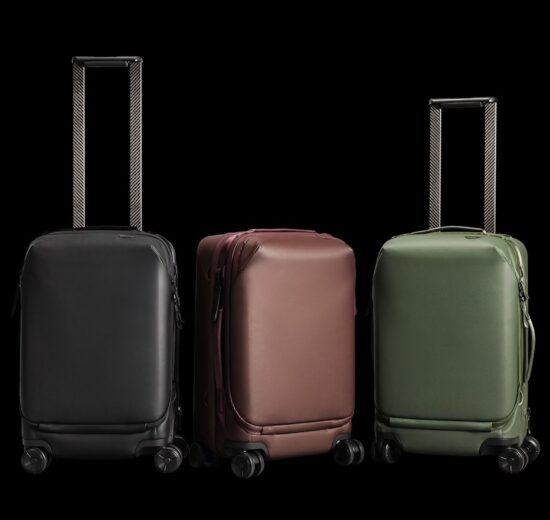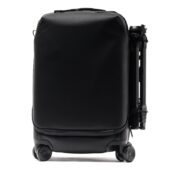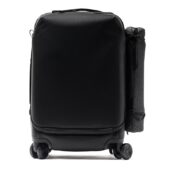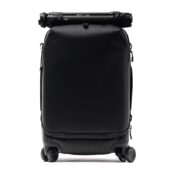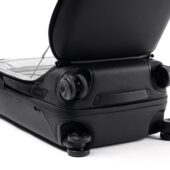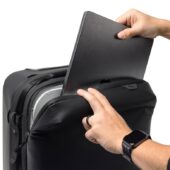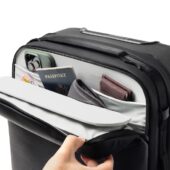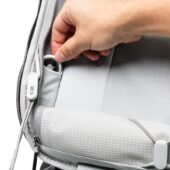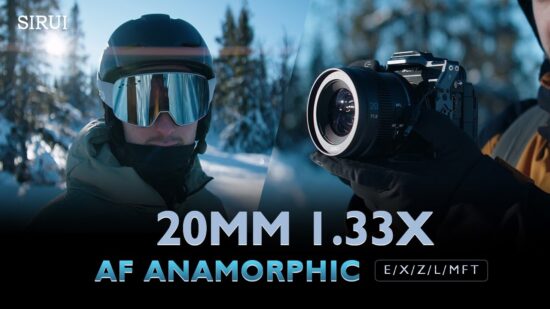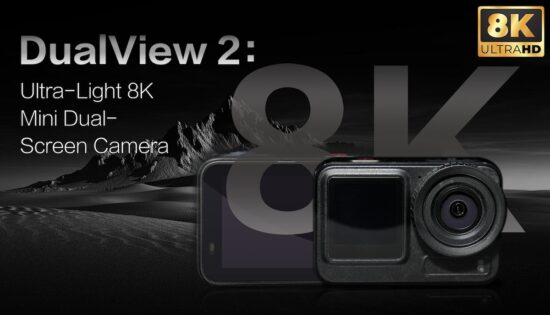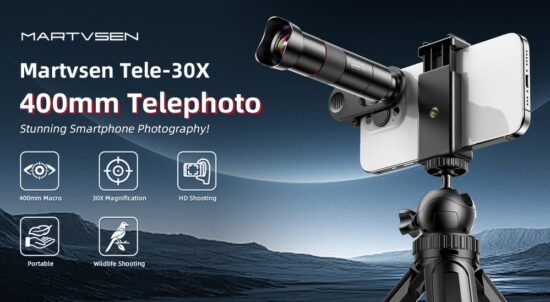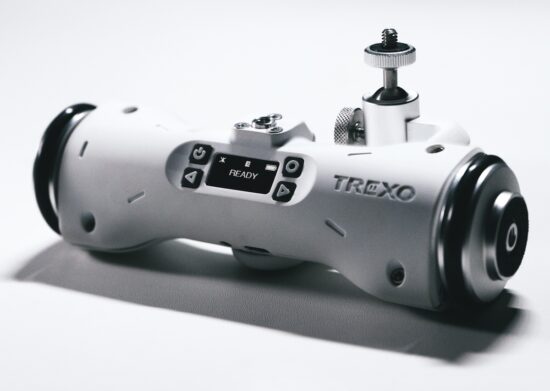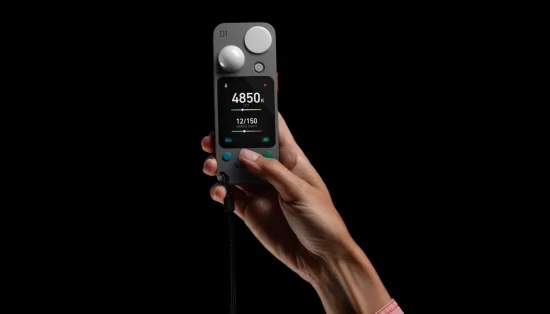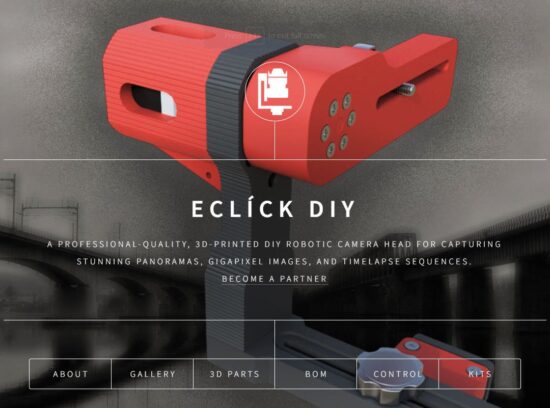
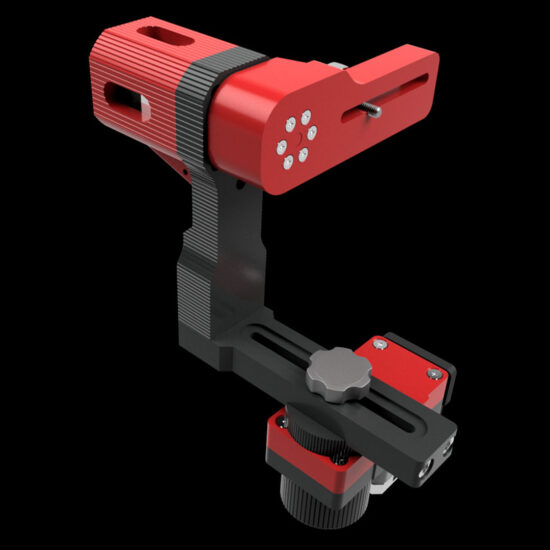
Eclíck released a new 3D-printed, open-source, DIY robotic panorama camera head designed for shooting panoramas, gigapixel images, and time lapse sequences:
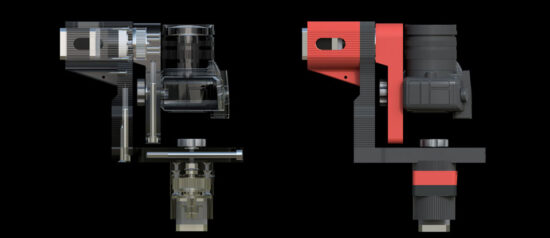
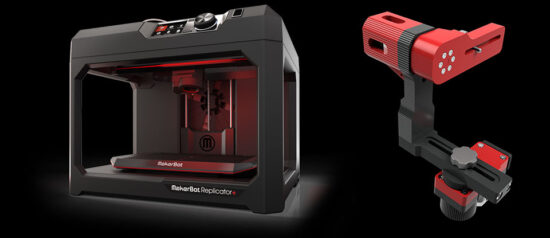
Eclíck DIY, 3D printed robotic panorama head
The Eclíck robotic panorama head is a new open-source tool offering photographers and filmmakers an affordable, 3D printed, DIY alternative to expensive commercial options. The Eclíck distinguishes itself through an innovative steel-reinforced design that overcomes the
durability limitations typically associated with 3D-printed equipment. By embedding steel rods within the printed components, the device delivers exceptional strength and precision even when supporting heavy camera gear or operating in challenging conditions.
The system employs a dual-axis movement mechanism enabling photographers to capture flawless 360° panoramas, timelapses, and gigapixel images with precision and ease.
It works seamlessly with all modern DSLR and mirrorless cameras that support a wired remote, ensuring universal compatibility across photography systems. Users can control the Eclíck wirelessly via a built-in web app from any device equipped with WiFi and a web browser, including iPhone, Android, Windows, Linux, and more. This platform-agnostic approach eliminates the need for proprietary apps or specific hardware requirements.
Beyond its performance benefits, the Eclíck prioritizes accessibility in every aspect of the design. All files required to print components are freely available online, and the system utilizes readily available, off-the-shelf parts that are comprehensively detailed in an accompanying bill of materials. This approach eliminates the common frustration of hunting for obscure components that often plagues DIY projects.
The Eclíck has been engineered for straightforward assembly, requiring only basic tools and minimal technical expertise. This consideration extends the potential user base beyond experienced makers to include photography enthusiasts who may be attempting their first DIY equipment build.
And thanks to its fully open-source design, every part can be easily printed and replaced if needed - making the Eclíck the ultimate repairable robotic head.
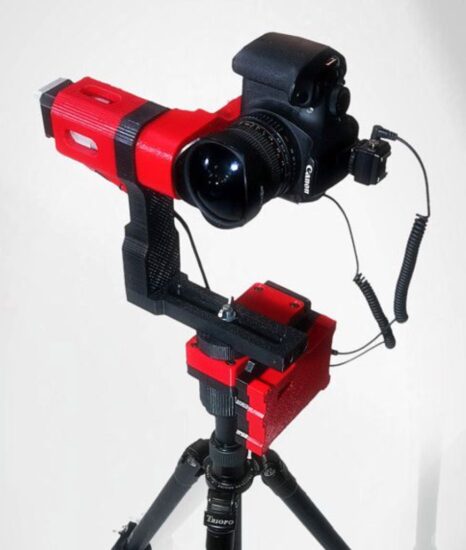
Technical Specifications:
- Dual-axis (pan/tilt) motorized motion system
- Steel-reinforced 3D-printed components
- Compatible with standard stepper motors
- Universal compatibility with modern cameras supporting wired shutter remote
- Browser-based wireless control via local WiFi
- Cross-platform support (iOS, Android, Windows, Linux, macOS)
- Suitable for DSLR and mirrorless camera systems
- Load Capacity: 3Kg (6.6lbs)
- Open-source hardware and software
- Fully repairable with user-printable replacement parts
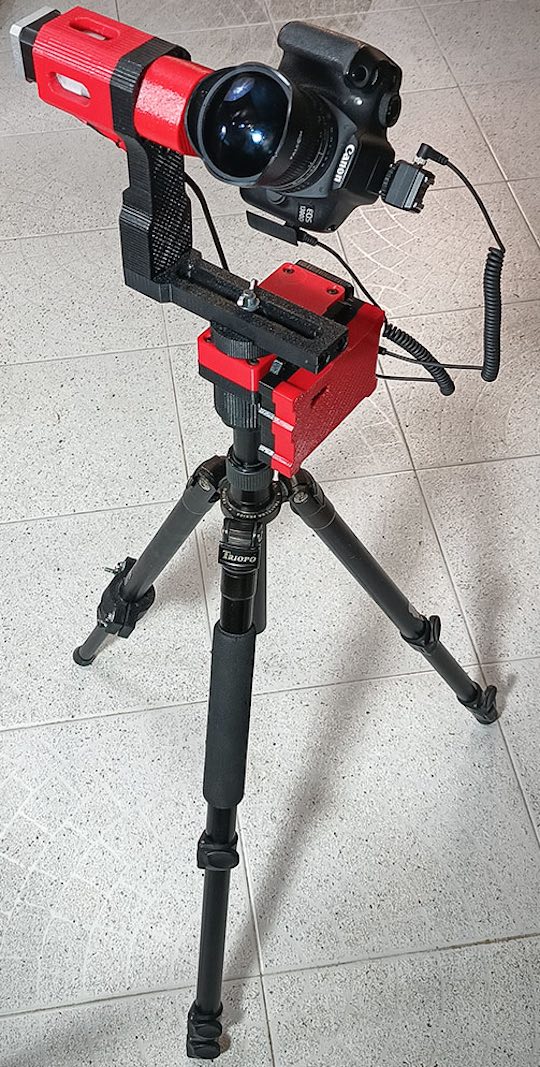
Complete documentation, printing files, and bill of materials for the Eclíck robotic head are available
at www.Eclick.org.

The post Eclick: a new 3D-printed, open-source, DIY robotic panorama camera head appeared first on Photo Rumors.
